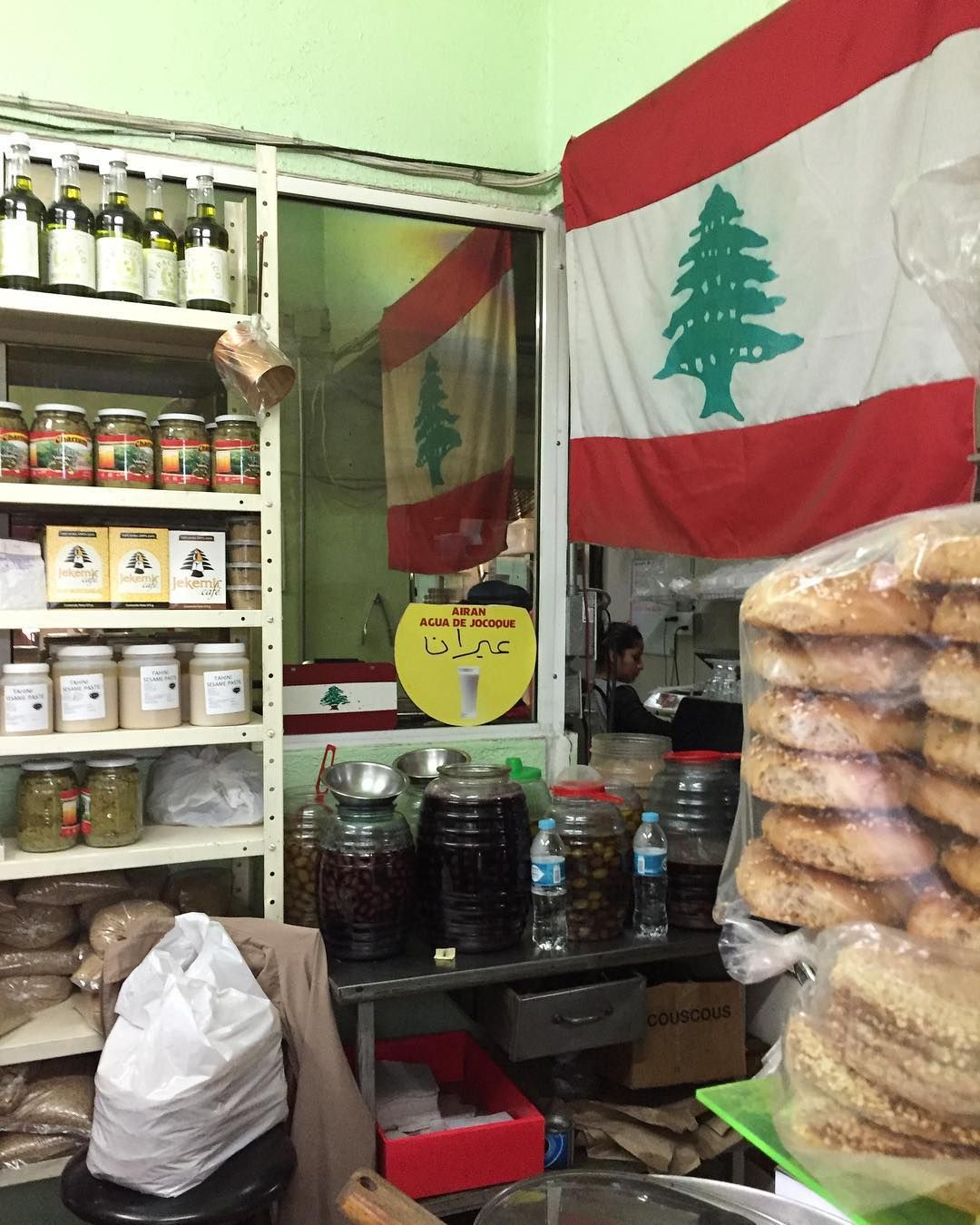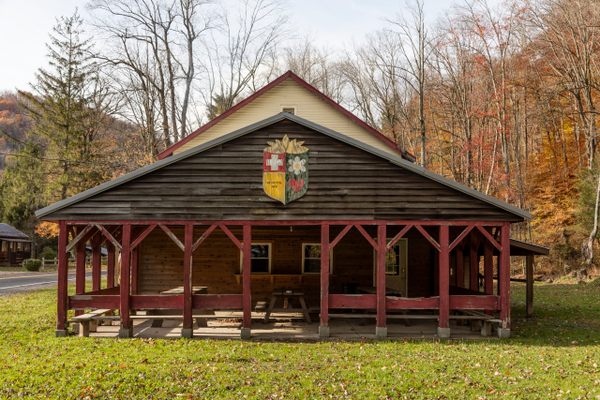About
From the street, Helu’s Productos Arabes doesn’t stand out. Sandwiched between two shops, a subtle red sign beckons visitors down a long hallway, which leads to a small, five-table testament to the legacy of Lebanese migration to Mexico.
Beginning in the late-19th century, many Lebanese made Mexico their new home. Some fled religious persecution, others food shortages, war, or economic troubles. Despite widespread mistreatment, by the 1930s they’d utilized their business savvy to become successful merchants, food vendors, and shop owners in their new country. (These immigrants' outsized economic and cultural impact is embodied today by individuals such as actress Salma Hayek and telecommunications billionaire Carlos Slim.)
One of these early businesses was the original Helu’s Productos Árabes, described by the establishment as Mexico’s first Arab bakery, opened by Joseph Helu in Puebla in 1936. The bakery sold an increasingly beloved Lebanese bread to the small but vibrant Poblano-Lebanese community and local restaurants.
Over time, Lebanese culinary techniques came to be expressed in Mexican cuisine. Spices such as coriander, cumin, cinnamon, and clove had already been introduced to Mexican kitchens through the Moors' influence on Spain, and soon Lebanese Mexicans reimagined shawarma as tacos al pastor. A popular Yucatan street-dish of ground beef and bulgur cakes called kibbeh is also a glaring endorsement of Lebanese cuisine. In 1949, Joseph’s son, Porfirio, opened Helu’s Mexico City location, where Lebanese and Mexicans alike can today revel in the unlikely synthesis of these two food cultures.
Empanadas and baklava share a display case in the small, windowless eatery that offers a respite from the bustling Merced district outside. The cafe serves rich (and recommended) shawarmas, shared platters of hummus, stuffed grape leaves, and yogurts, as well as thick, dark Arabic coffee to get you back on your feet post-feast.
Related Tags
Know Before You Go
Helu's is located near the many sights of Mexico City's Centro Histórico, as well as additional food offerings from pulque to the cake room of Pastelería Ideal.
Flavors of Oaxaca: Markets, Mezcal & Home-Cooked Meals
A Culinary and Cultural Journey Through Oaxaca.
Book NowPublished
September 3, 2019
Sources
- http://productoshelus.com.mx/index.html
- https://web.archive.org/web/20090327124211/https://confines.mty.itesm.mx/articulos2/GarciaRE.pdf
- https://www.middleeasteye.net/features/inside-arab-heart-mexico-city
- https://www.atlasobscura.com/itineraries/what-to-eat-in-mexico-city-centro-historico
- https://theculturetrip.com/north-america/mexico/articles/mexicos-hidden-arabic-heritage/
- https://www.tastingtable.com/dine/national/tacos-pastor-history


































